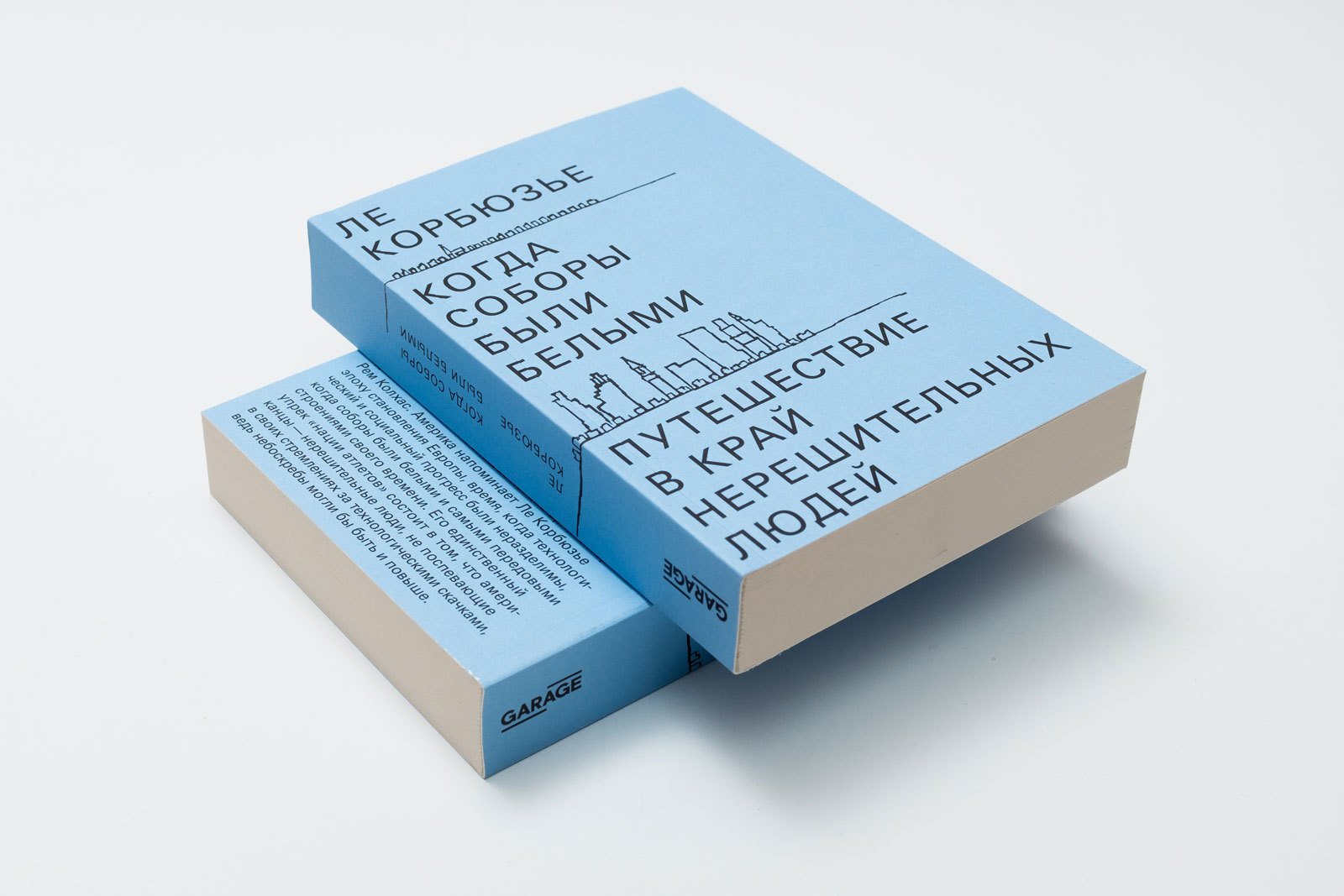The famous architect’s book is a half documentary, half poetic contemplation about New York of the 1930s, mixed with his thoughts on architecture in the era of technological progress.
This book is Le Corbusier’s idiosyncratic report on his first visit to the U.S. where he was invited by the Museum of Modern Art in 1935. Originally published in French in 1937, it was only translated into English after the Second World War, in 1946.
The groundbreaking innovator couldn’t help praising New York skyscrapers and the blooming industrialization of America in the twentieth century. Elevators, highways, Hudson tunnels, the vertical/horizontal grid of Manhattan—everything invoked extreme interest. Le Corbusier was inspired by New York’s rhythm, its new sound (Louis Armstrong’s hot jazz), and the new social condition. In his poetic account of the trip, he articulates the conception of a vertical city for the first time, which would become central for fellow architect and another genuine “Big Apple” addict—Rem Koolhaas. Le Corbusier compares America with Europe in its period of development, when social and technological changes went hand-in-hand, and the white cathedrals were the most cutting edge buildings of their time. The only quality he blames the “athletes’ nation” for is hesitation: Americans are too uncertain in their approach to technological advances—otherwise the towers could have been even taller.




